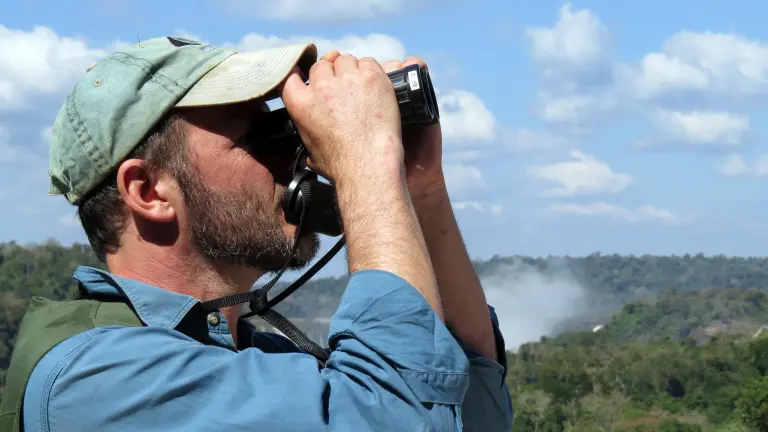
What is your favorite bird species?
Swallow-tailed Kite – they’re so graceful and in our area they’re migratory, we often see the first ones for my son’s Birthday, on 10th September.
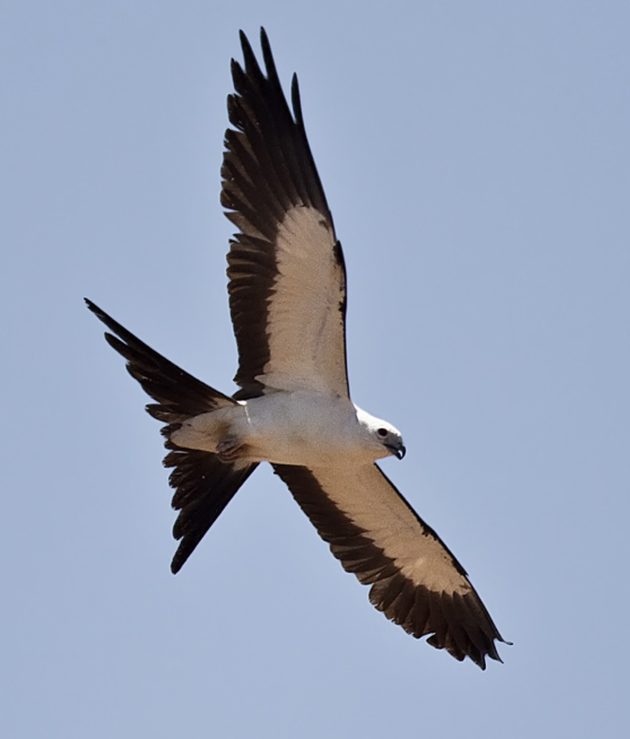
What is your name, and where do you live?
Guy Cox – I live in Misiones Province, Argentina
Black-breasted Plovercrest
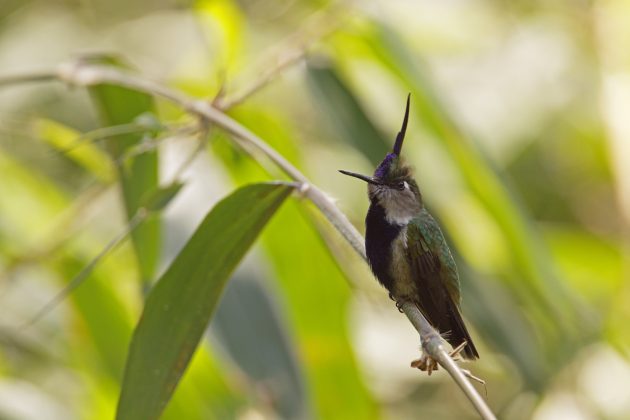
What are the main regions or locations you cover as a bird guide?
Mainly the Atlantic Forest of Misiones, including the Upland Araucaria forest; also grasslands of southern Misiones, Chaco, and Iberá wetlands.
Green-headed Tanager
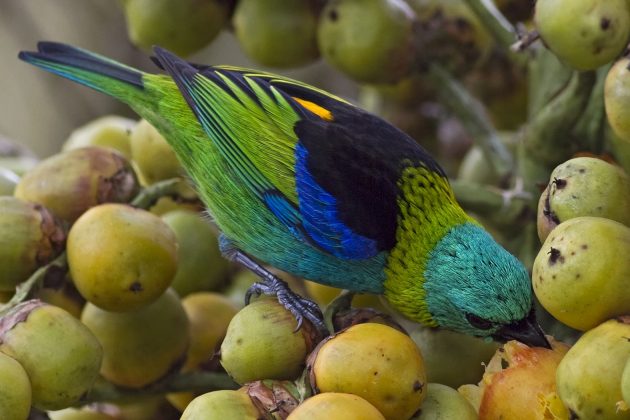
How long have you been a bird guide?
Over thirty years!
Helmeted Woodpecker (male)
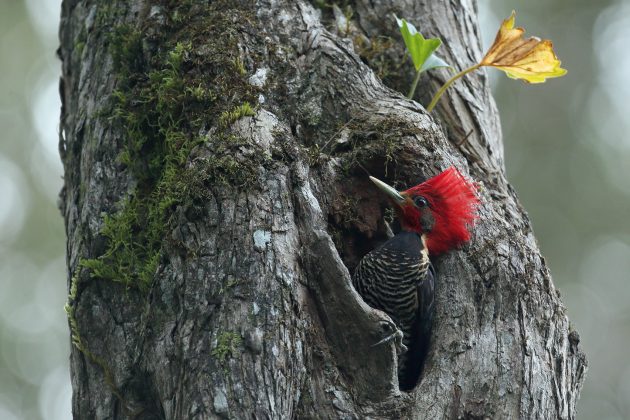
How did you get into bird guiding?
My father’s interest in nature, and going to Amboro National Park in Bolivia
Red-breasted or Green-billed Toucan
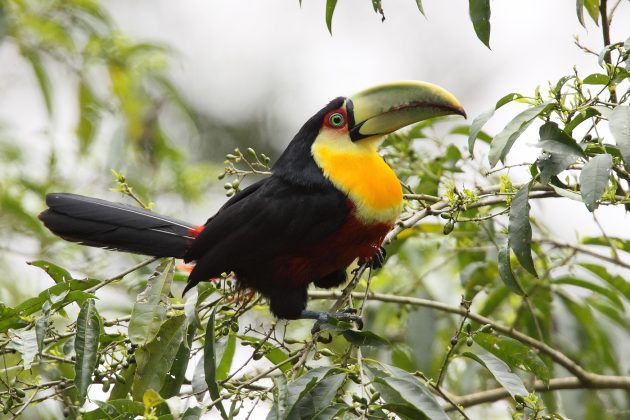
What are the aspects of being a bird guide that you like best? Which aspects do you dislike most?
I like the opportunity to meet a wide range of interesting and informed people, talk about lots of different things, and feel I’m making a difference. I love people’s enthusiasm, especially when they see a new bird.
What I dislike is having to do all the administrative things like booking lodges and working out costs.
Saffron Toucanet
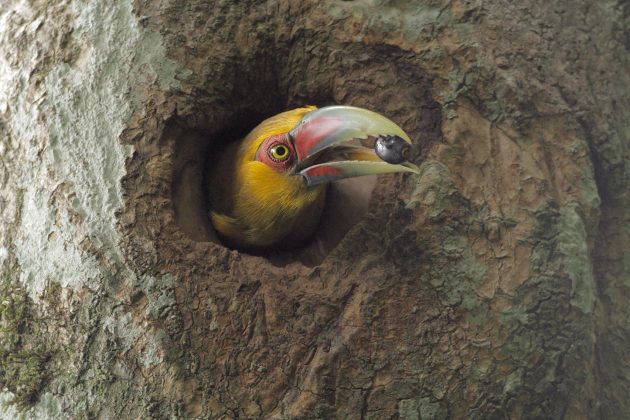
What are the top 5-10 birds in your region that you think are the most interesting for visiting birders?
There are some great Atlantic Forest upland endemics that people come to see – like Vinaceous-breasted Parrot, Canebrake Groundcreeper (hard to see!) Araucaria Tit-Spinetail, Green-billed Toucan; also colorful birds like Surucua Trogon and Green-headed Tanager, endemics like Atlantic Black-throated Trogon, Saffron Toucanet and Black-breasted Plovercrest, rarities like Helmeted Woodpecker and of course, the iconic Black-fronted Piping-Guan.
Canebrake Groundcreeper
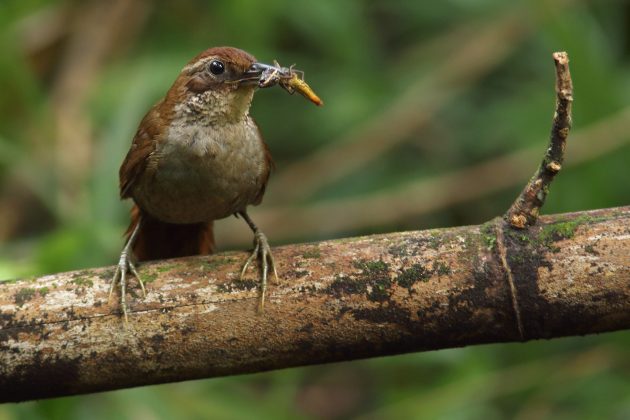
Can you outline at least one typical birdwatching trip in your area? Please briefly describe the locations, the key birds, and the approximate duration of such a trip
There is a one-day trip I have done many times, leaving Puerto Iguazú early in the morning and arriving at the Uruzu bridge in Uruguaí Provincial Park in time to see the Black-fronted Piping Guans, then walk the loop trail, coming out around lunchtime. We eat in the small town of Andresito then drive through Iguazú National Park, arriving back in time to go to the Hummingbird Garden in Iguazú.
Black-fronted Piping Guan
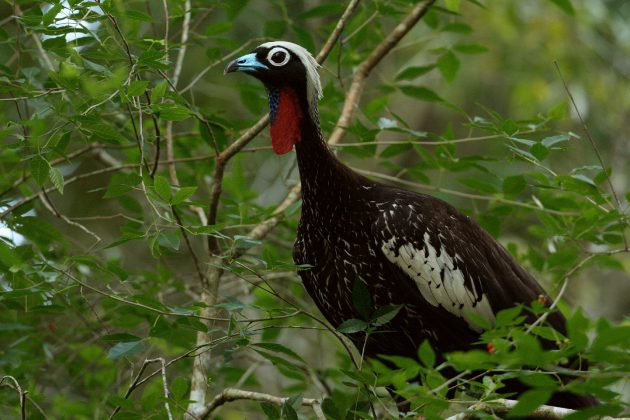
What other suggestions can you give to birders interested in your area?
Summers (late September to March) are the best time to come because of the bird activity and presence of migrants, but this time of year can be very hot, rainy, and with plenty of mosquitoes. Don’t forget to visit the incredible and unique Iguazú Falls while you’re here!
Surucua Trogon
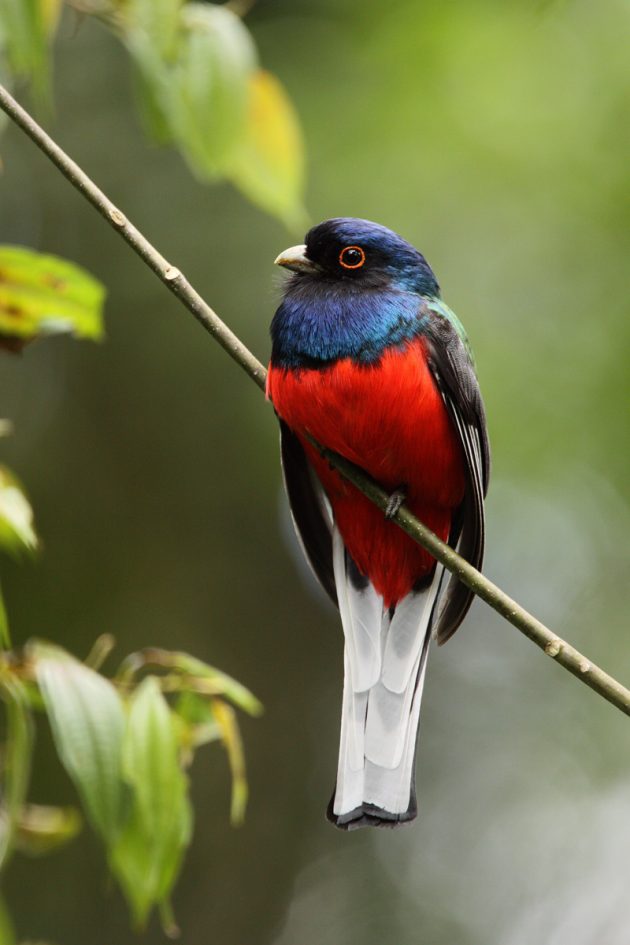
If any reader of 10,000 Birds is interested in birding with you, how can they best contact you?
They can visit my website – www.toucanbirding.com or write directly to misionesbirds@gmail.com
Vinaceous Amazon
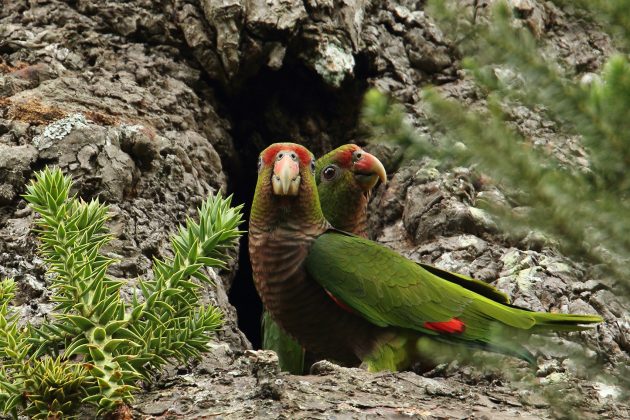
Is there anything else you would like to share with the readers of 10,000 Birds?
Only 4% of the original Atlantic Forest still remains and, according to The Nature Conservancy, it is one of the 10 most important and threatened Biomes worldwide. In Misiones, Argentina, about half the original forest cover remains, making this natural area, which was once just a small corner of the whole forest, now one of the largest, best conserved and most accessible places to visit this extraordinary wildlife destination. Good birding and, see you soon!
Araucaria Tit-Spinetail
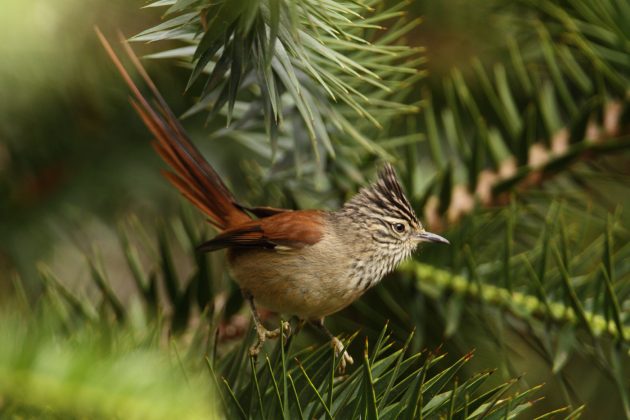
Photo credits: all photos Martjan Lammertinck except Green-headed Tanager and Swallow-tailed Kite Ramón Moller Jensen

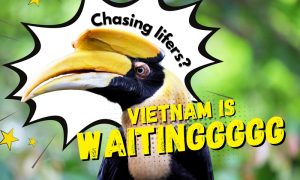
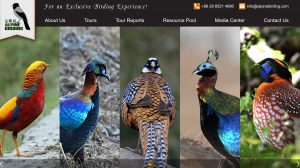
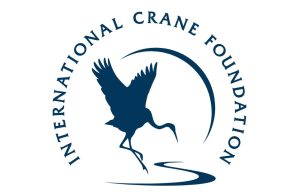


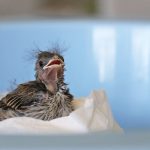
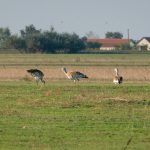



Leave a Comment